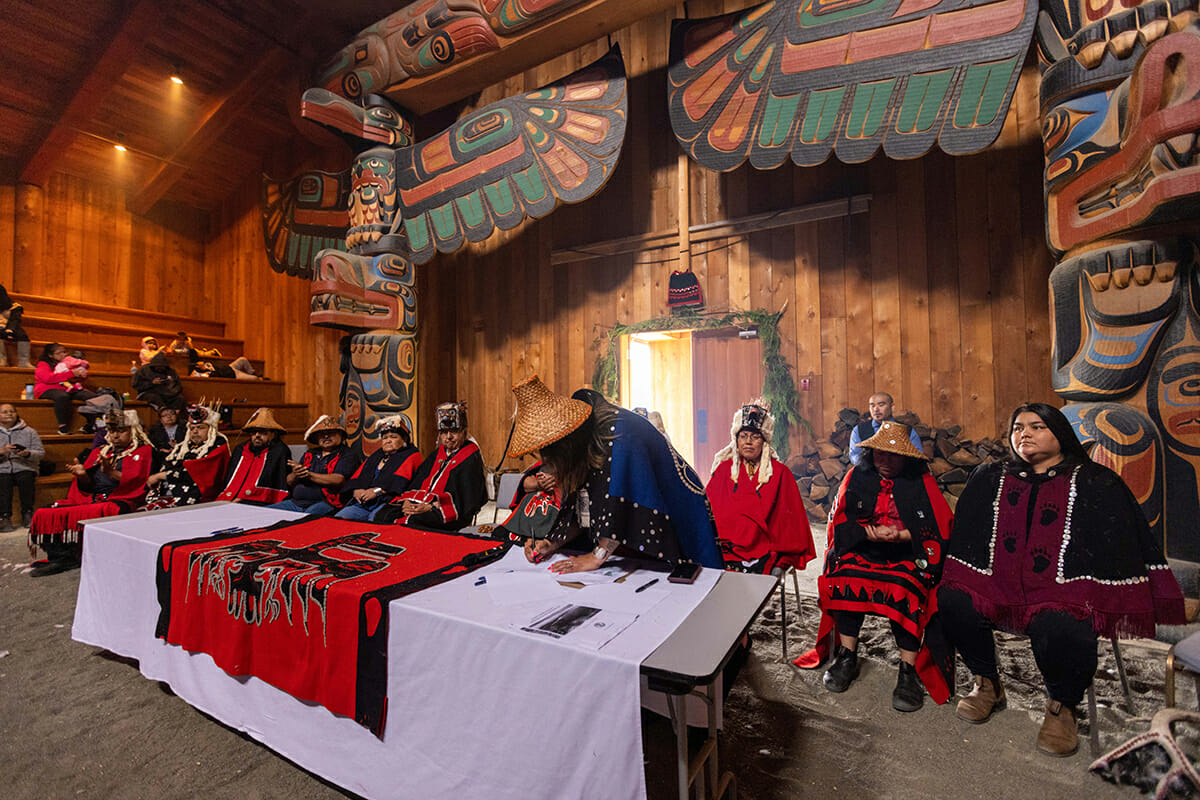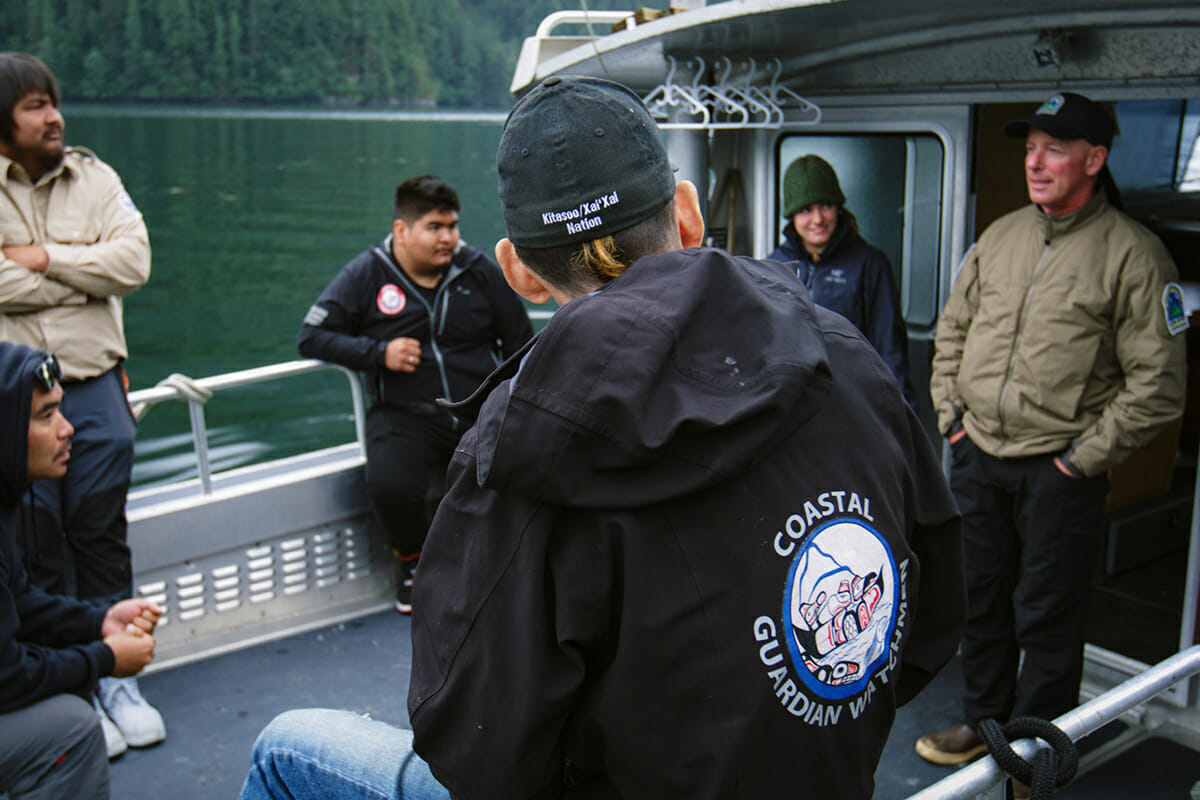Estimated Reading time

2 Mins
Kitasoo Xai’xais Declare Marine Protected Area in Gitdisdzu Lugyeks (Kitasu Bay)

On June 22, Kitasoo / Xai’xais Nation announced the creation of a new, Indigenous-declared marine protected area (MPA) in Gitdisdzu Lugyeks Kitasu Bay, covering 33.5 acres of the Nation’s marine territory.
Gitdisdzu Lugyeks, located less than 20 kilometres from Klemtu, is a spiritually significant place for Kitasoo and Xai’xais peoples, and provides rich habitat for wildlife the Nation depends on, including seabirds, whales, salmon, shellfish, and kelp forests.
“This coast is our lifeblood,” says Hereditary Chief Nies’los Kelly Robinson, in a media release. “We know these waters better than anyone. Kitasu Bay has been part of our home for thousands of years through to the present day.”
“By establishing Kitasu Bay as a marine protected area, the Kitasoo / Xai’xais Nation is taking an important and long-overdue step toward advancing Indigenous-led conservation and the responsible management of natural and cultural resources in our traditional territories,” says Chief Councillor Doug Neasloss.
Marine protected areas are a way for governments to protect parts of the ocean from threats and to support conservation and stewardship of marine ecosystems. For First Nations, MPAs are an avenue for safeguarding culturally-significant marine environments – and the fish and wildlife they nurture – in accordance with traditional laws and stewardship practices.
Kitasoo / Xai’xais’ MPA declaration builds on generations of science-based Indigenous-led ecosystem stewardship and includes an invitation for Crown governments to collaborate on shared conservation goals and targets.
“For decades we have worked with Canada and British Columbia to collaboratively form a MPA in Kitasu Bay,” says Chief Councillor Neasloss. “We will continue to encourage that outcome, but can no longer wait until other governments act to preserve and protect this special place that is integral to our Nation. Our right to establish this MPA comes from our inherent and Aboriginal Rights and Title and from our connection to this land for thousands of years.”
The Kitasoo / Xai’xais have drafted a management plan for Gitdisdzu Lugyeks Kitasu Bay and are inviting feedback from neighbouring First Nations, Crown governments, and the general public.
“This new MPA management plan will provide a blueprint for the responsible and respectful stewardship of marine areas,” says Santana Edgar, Kitasoo / Xai’xais marine planner. “Further, it ensures the continuity of Kitasoo / Xai’xais culture and protects the natural heritage of important places for current and future generations.”

Kitasoo / Xai’xais Guardian Watchmen will continue to monitor and care for the waters and wildlife in the Gitdisdzu Lugyeks Kitasu Bay Marine Protected Area. As described in the management plan, Guardians will focus on maintaining the bay’s ecological integrity and protecting fish, wildlife, cultural and archaeological sites, and current and historical harvesting and hunting areas. In turn, Kitasoo / Xai’xais management will support biodiversity, food security, cultural uses, and ecotourism opportunities.
“We welcome a lot of people to our coastal territory, and it needs to continue to be sustainable and safe. But we want people coming here to respect the local laws and customs, just like anyone else would,” says Hereditary Chief Haay-maas Ernest Mason Junior.
